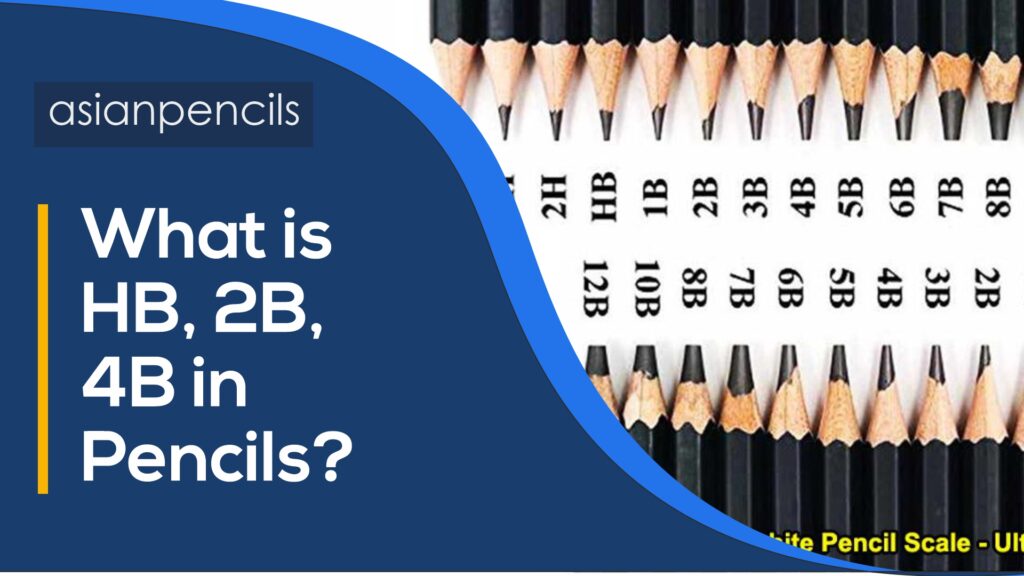Demystifying H and 2H Pencils: Understanding Graphite Lead Scales and Their Uses
Introduction: When it comes to pencils, you may have noticed designations such as H, 2H, and HB printed on them. These letters and numbers refer to the hardness of the pencil’s graphite lead. In this blog post, we will delve into the world of graphite lead scales, specifically focusing on H and 2H pencils. We’ll explore the differences between them, explain the significance of HB in pencils, and discuss various types of graphite lead and their uses.
Understanding Graphite Lead Scales: Graphite lead scales categorize pencils based on their hardness and darkness. The scale ranges from soft to hard, with H pencils falling on the harder side and B pencils on the softer side. The letter “H” stands for “hardness,” while the letter “B” represents “blackness” or “boldness.”
Differentiating H and 2H Pencils: H and 2H pencils are part of the harder range of graphite lead scales. Here’s the difference between the two:
- H Pencils: H pencils have harder lead, making them lighter and leaving a lighter mark on paper. The higher the number preceding the “H,” the harder and lighter the lead. For instance, an H pencil may range from H to 9H, with 9H being the hardest and lightest. H pencils are ideal for precise, detailed work that requires a lighter touch, such as technical drawings, architectural plans, or intricate illustrations.
- 2H Pencils: 2H pencils fall on the harder side of the graphite lead scale. With an even harder lead than H pencils, they produce even lighter marks. 2H pencils are commonly used for drafting, engineering, and other technical drawings that demand fine lines and precise control.
The Significance of HB in Pencils: HB is an intermediate designation on the graphite lead scale that stands for “hard black.” It represents the balance between hardness and darkness. HB pencils offer a versatile middle ground, making them a popular choice for everyday writing, sketching, and general purposes. They provide a moderate darkness and are suitable for a range of tasks, including note-taking, sketching, and shading.
Types of Graphite Lead and Their Uses: Beyond the common H, 2H, and HB pencils, graphite leads come in various grades to suit specific needs. Here are a few examples:
- B Pencils: B pencils, such as 2B, 4B, or 6B, have softer leads that produce darker and bolder lines. They are ideal for shading, sketching, and creating expressive drawings that require more depth and contrast.
- F Pencils: F pencils have a fine point and are slightly harder than HB pencils. They offer a precise and sharp line, making them suitable for technical drawing, drafting, and detailed work.
- 2B to 9B Pencils: These pencils have progressively softer leads, resulting in increasingly darker and richer lines. They are commonly used for artistic purposes, such as drawing, sketching, and shading.
Conclusion: Understanding the differences between H and 2H pencils, as well as other graphite lead scales, opens up a world of possibilities in various artistic and technical applications. H and 2H pencils are valuable tools for those who require precise and lighter marks. Meanwhile, HB pencils strike a balance between hardness and darkness, catering to everyday writing and sketching needs. By exploring different types of graphite leads, you can tailor your choice of pencils to suit specific tasks, whether it’s technical drafting, detailed illustrations, shading, or expressive drawings. Embrace the versatility of graphite lead scales and select the pencils that best serve your creative or practical endeavors.

